Wizards are the nerds of the Forgotten Realms and you can be the best magic nerd in Baldur’s Gate 3 (BG3). A prime example of a Wizard is Gale, one of the NPCs you meet early in the game. Unlike Sorcerers, this class needs to study the spells in order to use them.
Tapping into the Weave—how magic is referred to in Dungeons and Dragons (DnD)—can be a bit complicated. The spell mechanism has a lot of features to keep track but BG3 makes it much easier for players to use and enjoy.
This guide will present the strongest Wizard build in Baldur’s Gate 3 but we recommend going beyond and thinking about what roleplay you wish to do with this strong wizard in honor of DnD, the tabletop game the Baldur’s Gate franchise is based upon.
As a former DM myself, this game opens translates well the some of the wonderful moments DnD can offer, and character creation is one of them. Stat numbers are a small part of what the game is about and you should try making characters that don’t make much sense to see what happens.
What are Wizards in Baldur’s Gate 3?
Wizards are one of the 12 classes you can choose from. They spend years studying and practicing magic before they can properly wield it, constantly searching for ancient books, tomes, and new spells to memorize.
Related: One week after launch, Baldur’s Gate 3 players have spent 88 years in character creation
You’ll have a range of spells to cast using Intelligence for stats and can even learn from scrolls you find lying around in forgotten libraries to fallen magic practitioners. The list of spells can be accessed anytime you are out of combat to change your prepared spells.
Each class has unique pre-established features such as the used skill modifiers and proficiencies with weapons and skills. Here are all Wizard class features in BG3:
Hit points
- Hit Points at first level: Six plus Constitution Modifier.
- Hit Points at higher levels: Four plus Constitution Modifier.
Proficiencies
- Weapons: Daggers, Quarterstaffs, Light Crossbows.
- Saving Throws: Intelligence, Wisdom.
- Skills: Arcana, History, Insight, Investigation, Medicine, Religion.
Equipment
- Sorcerer Robe, Simple Boots.
- Quarterstaff.
- Two Health Potions, Scroll of Revivify.
Spells
- Cantrips: Can choose three.
- Known Spells: One plus Intelligence modifier.
- Spell Slots: Two Level one slots.
Class Feature
- Arcane Recovery: Replenish spell slots while out of combat.
Related: Baldur’s Gate 3: Best Gale build in BG3
How does spellcasting work in BG3?
Any class that can cast spells needs to look out for a few particularities such as spell slots, saving throws, components, and duration. The game automates most of all the spellcasting, but it’s good to know about these mechanics when strategizing.
Spell slots
How many times you can cast a spell is determined by the amount of spell slots you have. You get only a few depending on your class, in the Wizard’s case, you get two spell slots at level one, which means you can cast only two spells in or out of combat before you make a long rest to restore them.
If you run out of spell slots, you can still use cantrips. Cantrips are weaker spells that you can cast without spending any spell slot. Sorcerers can pick four cantrips at level one.
You’ll start to gain higher-level spell slots as you level up and your spells can get stronger as well going from level two to level nine spell slots. Using higher-level spells requires the respective level spell slot for it to be cast, so managing spell slots is essential in battle.
Related: Baldur’s Gate 3: Best Lae’zel build in BG3
You can cast level-one spells using higher-level spell slots, but not the opposite. For example, you can cast a level-two Burning Hands, but you’ll need to have a level-two spell slot, a level-one won’t do. But if you spent all your level-one spell slots, you can cast a level-one Burning Hands spell with a level-two spell slot.
Saving Throws
If you are on the receiving end of a spell, you can take half the damage if you succeed a saving throw.
The skill used for the saving throw varies according to the spell, so using Burning Hands as an example again, enemies hit with this spell can make a Dexterity save throw to try to avoid the spell and only take half the damage.
If you take that into consideration, you can combo an attack that gives the status effect of crippled, enwebbed, prone, paralyzed, asleep, or shocked, the enemy won’t be able to make the saving throw for Burning Hands or will make it with a disadvantage.
Components
Spells have three components you need to meet before you can cast them. Baldur’s Gate 3 will let you know if you can’t cast a spell if you don’t meet any of the requirements and will tell you the reason.
Verbal (V) component in a spell
The most important component in BG3 is the verbal one. You need to say the words for most spells for them to work, so if you are ever in a battle you get into a silenced area, or if an enemy inflicts the silenced status effect, you won’t be able to cast any spell that requires the verbal component.
Somatic (S) and Material (M) component in a spell
The somatic and material components of a spell aren’t present in Baldur’s Gate 3 in the same way as they are in DnD. The automation takes care of these components, but you still can’t cast if you are prone or immobilized, for example.
Duration
Spells can have a duration of more than one turn during battles. If the spell’s description says that it takes one turn, then it can be cast in an action, which means you will cast it as you attack, or as a bonus action, which implies that you can use an action and then use that spell as a bonus action.
If it lasts more than one turn, then you’ll use either the actions or bonus action to cast the spell and the effects will last for the amount of turns it says in the description. Most spells with long durations last for 10 turns.
Concentration
Some spells require concentration to be cast and have their effects active. If you lose concentration, the spell will be deactivated and you’ll have to cast it again and spend another spell slot. Here’s everything that ends concentration:
- If you take damage, you’ll make a Constitution saving throw to maintain your Concentration.
- Casting another spell that requires concentration.
- Being incapacitated or killed.
Best races for the Wizard in BG3
Since racial ability points were removed when Baldur’s Gate 3 fully launched, the race choice comes down to what racial features you want. The High Elf and the Gnome are the best options for a Wizard in Baldur’s Gate 3.
The Gnome subrace will depend on your playstyle because the most important race trait is the Gnome Cunning, which is present in any of the three subraces. Gnome Cunning gives an advantage on Intelligence, Wisdom, and Charisma saving throws, which will make you strong against other magic user and interactions in the world.
The High Elf has proficiency in Stealth and the extra mobility is useful to attack and move out of the line of attack as Sorcerers tend to have a lower HP and most spells are ranged.
Related: Baldur’s Gate 3: Best Astarion build in BG3
Because of the extra cantrip trait, I recommend picking High Elf as the race for your Wizard in BG3.
High Elf racial features
- Elven Weapon Training: You have weapon proficiency with Long Sowrd, Shortsword, Shortbow, and Longbow.
- Fey Ancestry: You have resistance to Charm and can’t be put to sleep.
- Darkvision: You have the ability to see in the dark up to 12m.
- Base Racial Speed: Movement range of 9m.
Gnome racial features
- Gnome Cunning: You have an advantage on Intelligence, Wisdom, and Charisma Saving Throws.
- Base Racial Speed: Movement range of 9m.
Best subclass for the Wizard in BG3
The Evocation subclass is the best for a Wizard in BG3. You’ll be able to choose your subclass once you level up You could go for the Wild Magic subclass, but it will make your gameplay too unstable as you could get negative effects on yourself.
Among the seven subclasses you can choose form, Evocation spells are the ones that deal more damage, making it the best suited for this build. And you’ll eventually be able to get the Spell Sculpt passive, which cancels friendly fire damage.
Best backgrounds for the Wizard in BG3
Backgrounds will give you additional proficiency with two skills. Since you get your power from the Intelligence, the best pick is the one with the most skills in that umbrella. The best background for a Wizard is with no doubt the Sage in BG3. It gives you proficiency in Arcana and History.
Any background that includes either Arcana, History, Investigation, Nature, and Religion, however, so you can also choose between the Acolyte or Noble backgrounds.
How to best distribute the ability points for the Wizard in BG3
You should focus on the Intelligence and Dexterity skills to get the higher bonuses raising them to 16, and your lowest skill to be Strenght at eight, as you won’t use that skill often in battle and you can use other better-suited NPCs to do actions that require that skill.
The high Dexterity will help you increase your AC to avoid attacks. You’ll need it since you won’t wear any armor to absorb the damage.
You can balance the rest of the skills however you prefer. In DnD, players tend to assign the numbers 15,14,13,12,10, and eight to the skills, but in BG3, there would still be five points left. Here’s our recommendation for a balanced Sorcerer in Baldur’s Gate 3:
- Strength: 8 (-1)
- Dexterity: 16 (+3)
- Constitution: 14 (+2)
- Intelligence: 16 (+3)
- Wisdom: 10 (+0)
- Charisma: 10 (+0)
Best spells for the Wizard in BG3
You can choose four cantrips if you went with the High Elf race and two spells when you create your Sorcerer in Baldur’s Gate 3, but you’ll be able to add more as you level up. As mentioned before, you can change the spells any time you are out of combat.
Wizard Cantrips
- Level 1: Acid Splash, Chill Touch, Fire Bolt, Ray of Frost.
- Level 4: Blade Ward.
- Level 8: Eldritch Blast.
Wizard Spells
- Level 1: Grease, Chromatic Orb.
- Level 2: Feather Fall.
- Level 3: Misty Step, and Scorching Ray.
- Level 4: Flaming Sphere, and Mirror Image.
- Level 5: Fireball, and Haste.
- Level 6: Counterspell.
- Level 7: Ice Storm.
- Level 8: Greater Invisibility, and Blight.
- Level 9: Cloudkill, and Conjure Elemental.
- Level 10: Telekinesis, and Cone of Cold.
- Level 11: Disintegrate.
- Level 12: Chain Lighting.
Others Asked
What choices does a player have when creating a character in Baldur's Gate 3?
Players can choose their character's race, class, subclass, abilities, proficiencies, and background when creating a character in Baldur's Gate 3.
What are the recommended races for Wizards in Baldur's Gate 3 and why?
The recommended races for Wizards in Baldur's Gate 3 are Elf (high subrace) or High-Elf (high subrace). These races are recommended because they provide an additional cantrip, which is a free damage spell useful in battle.
What are some class changes suggested by players for different characters in Baldur's Gate 3?
Players suggested changing Astarion into a Bard, Karlach into a Monk or an Eldritch Knight, and Shadowheart into a Light Cleric.





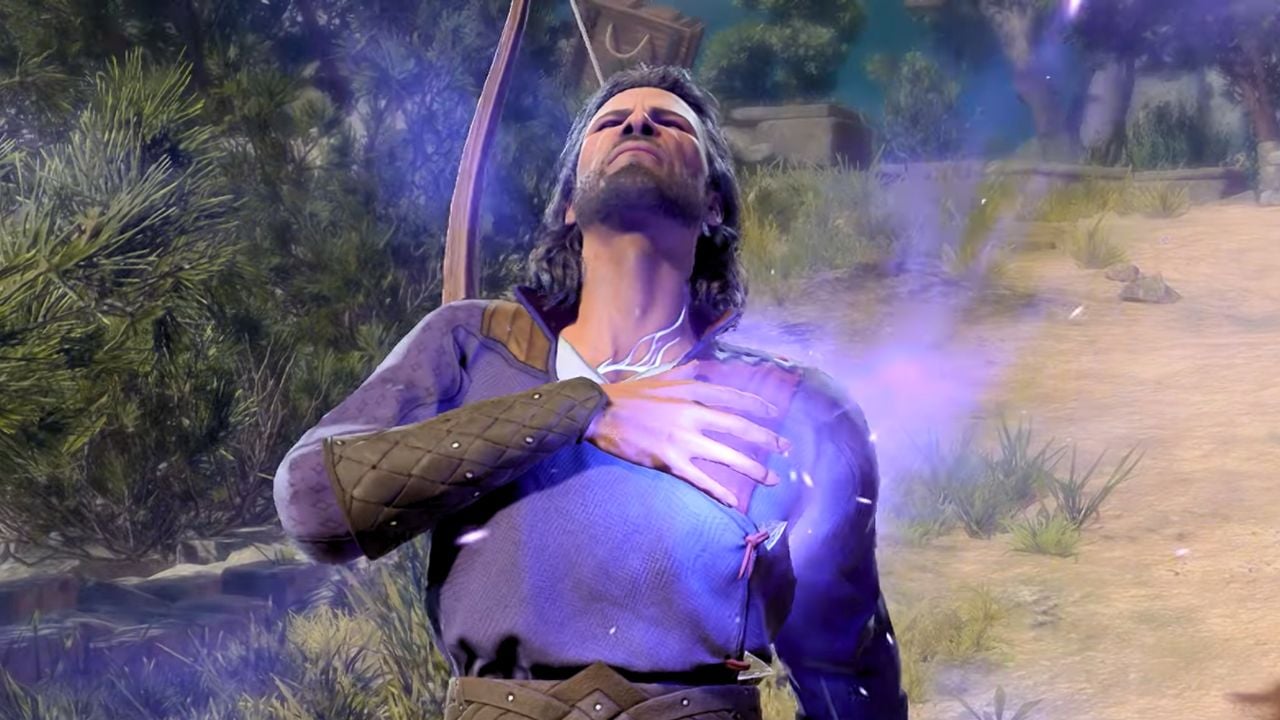
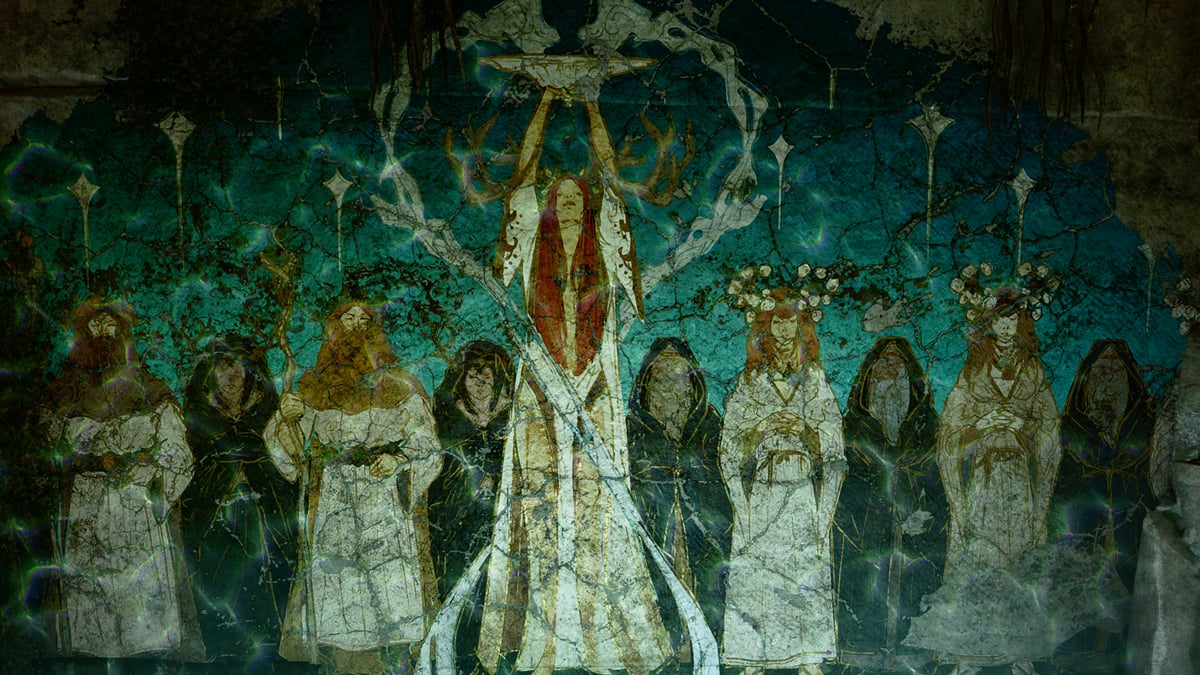
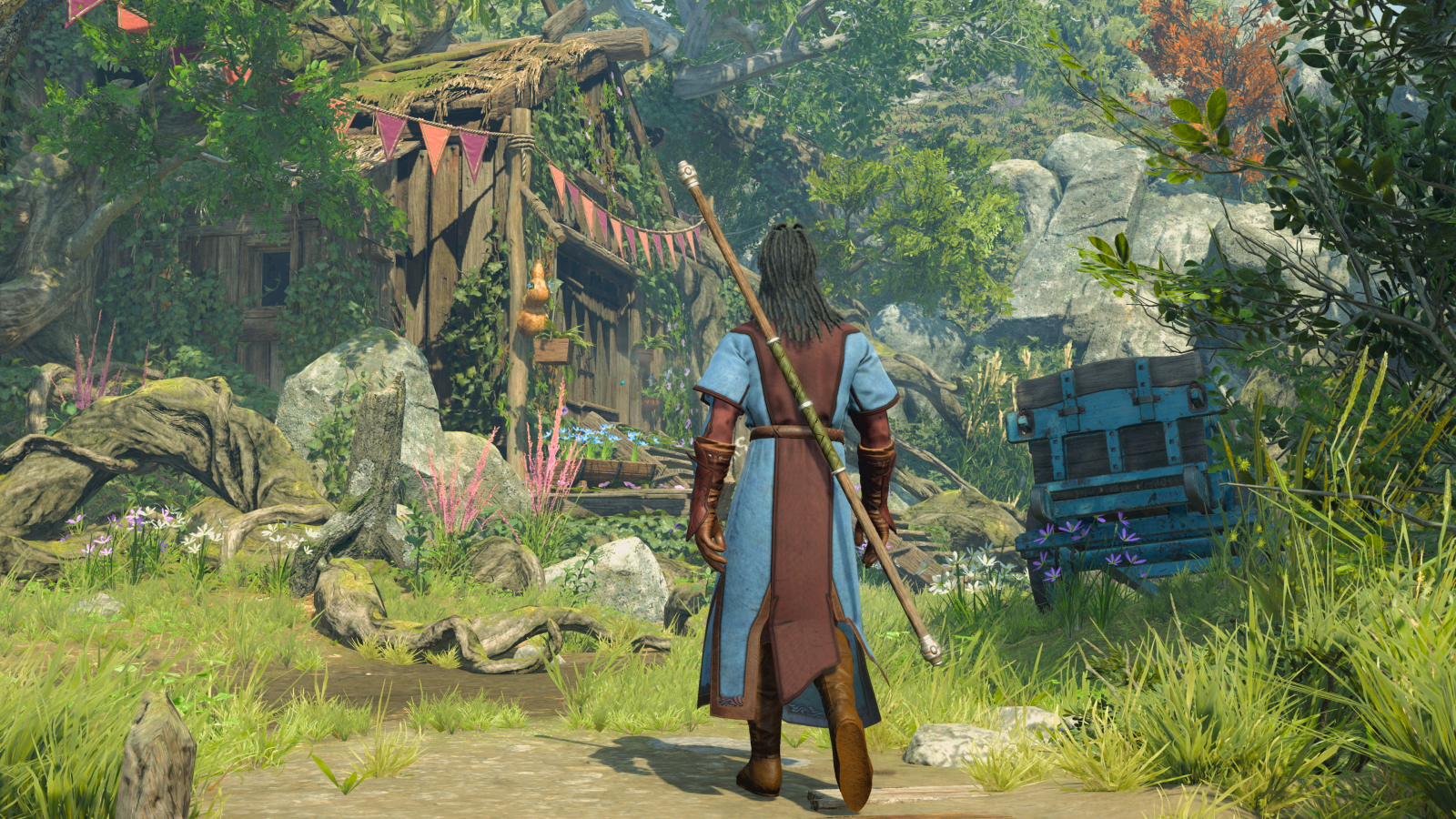
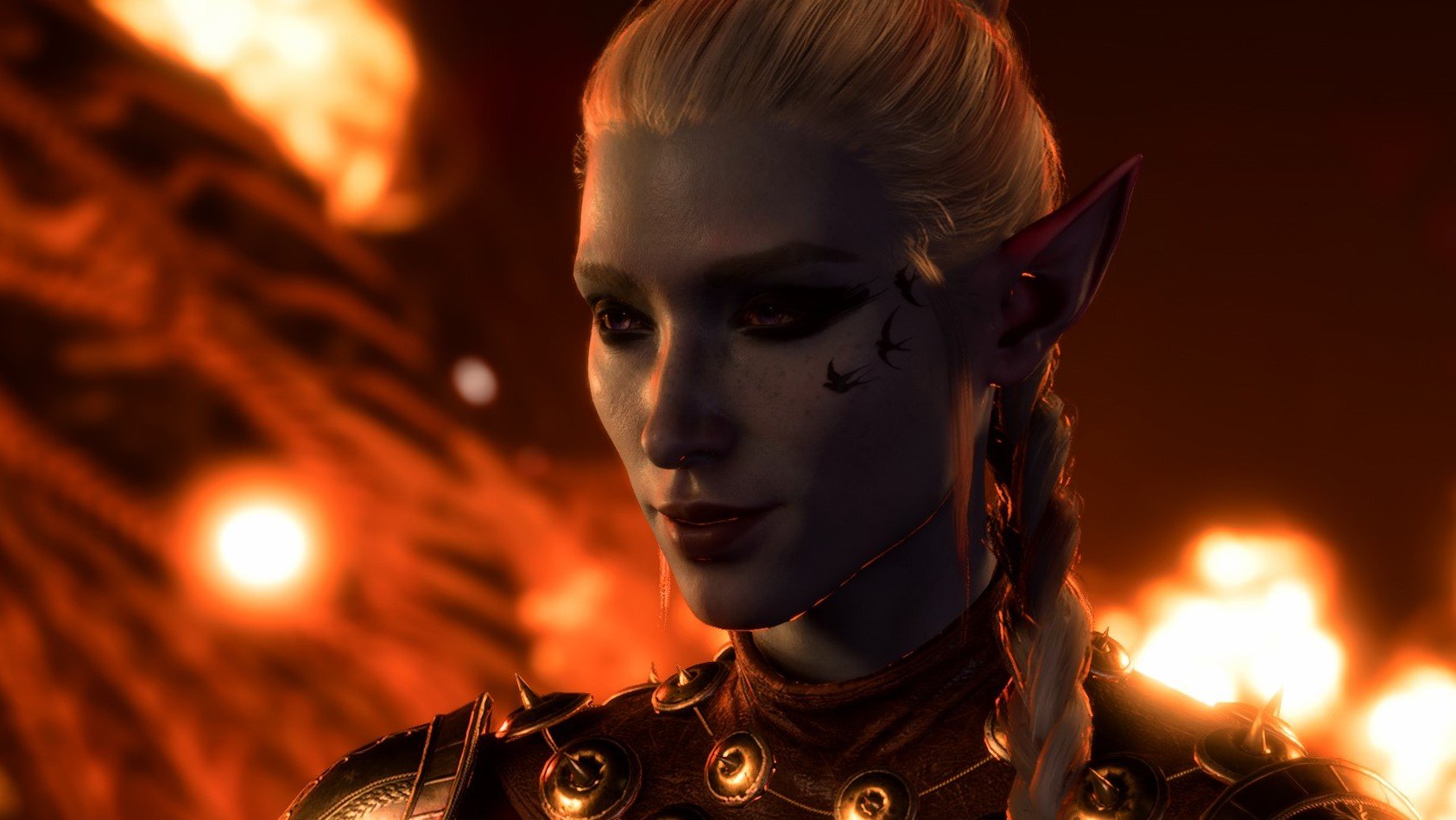
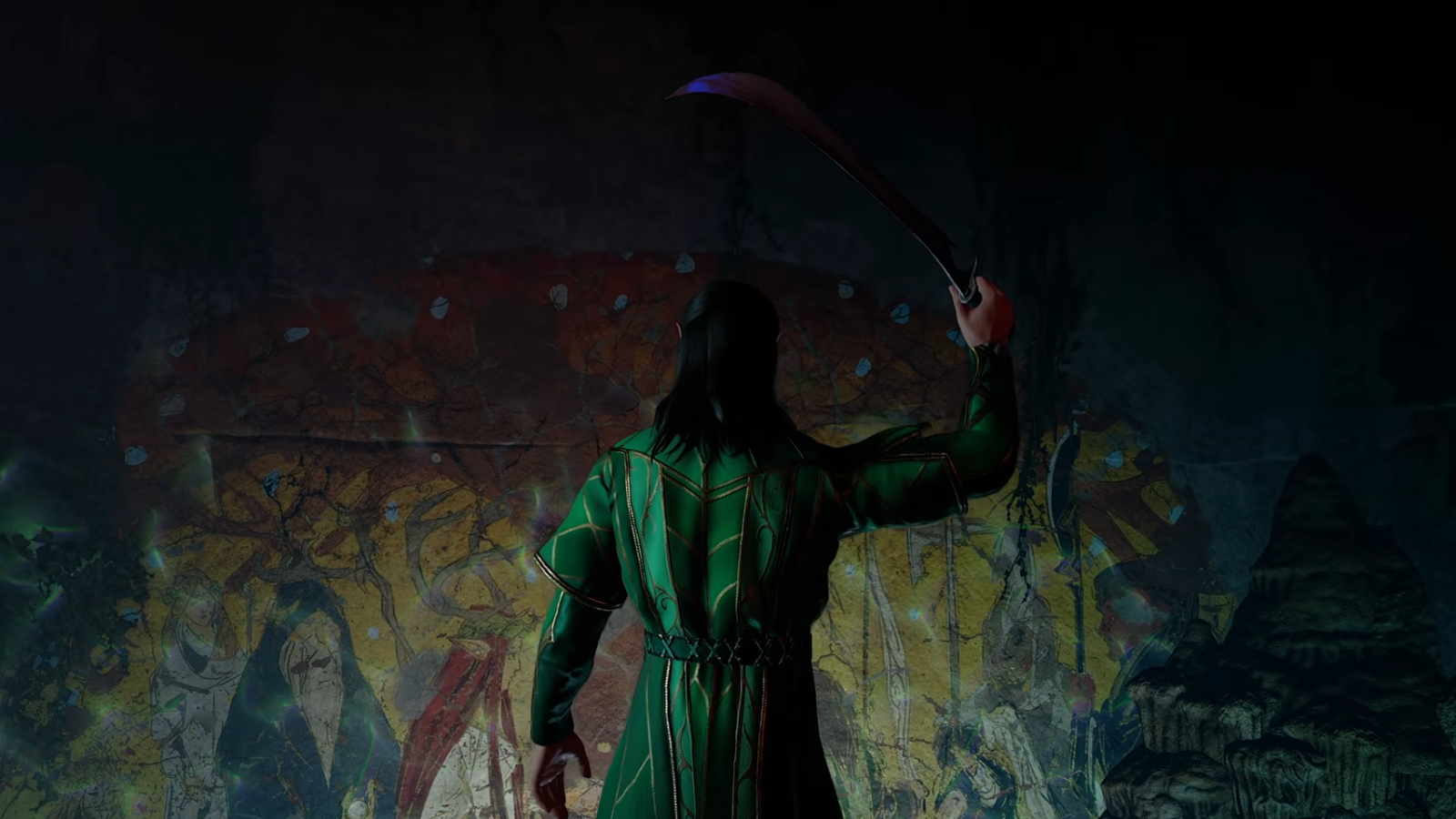
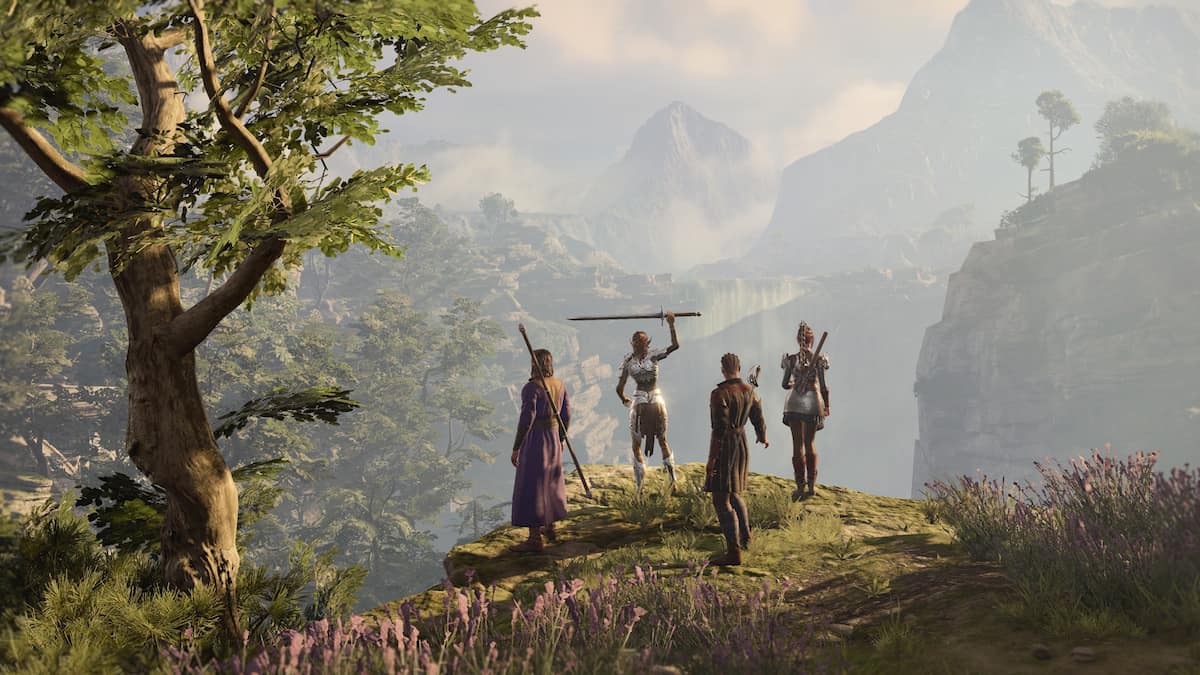
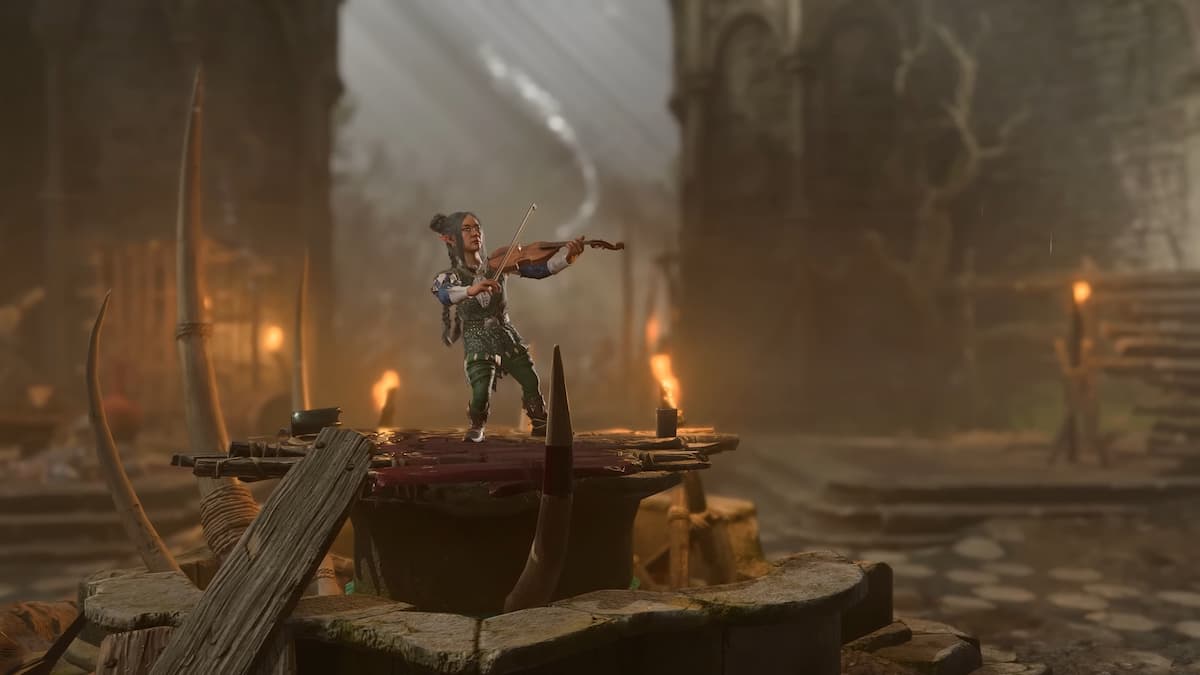
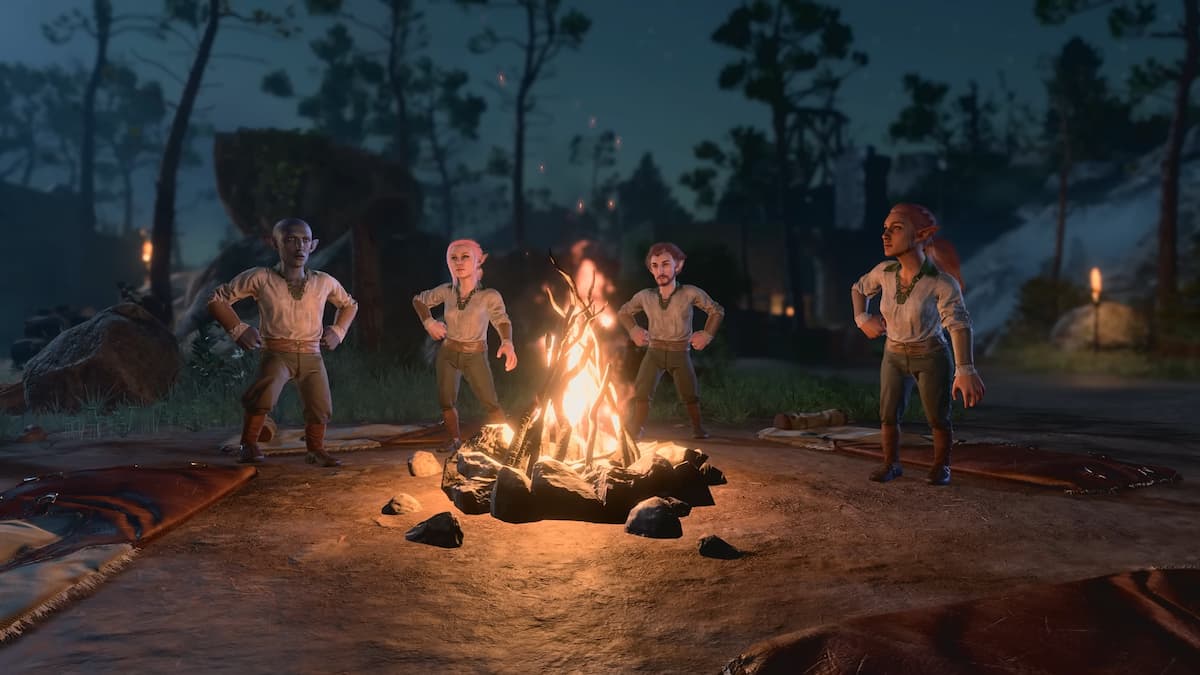
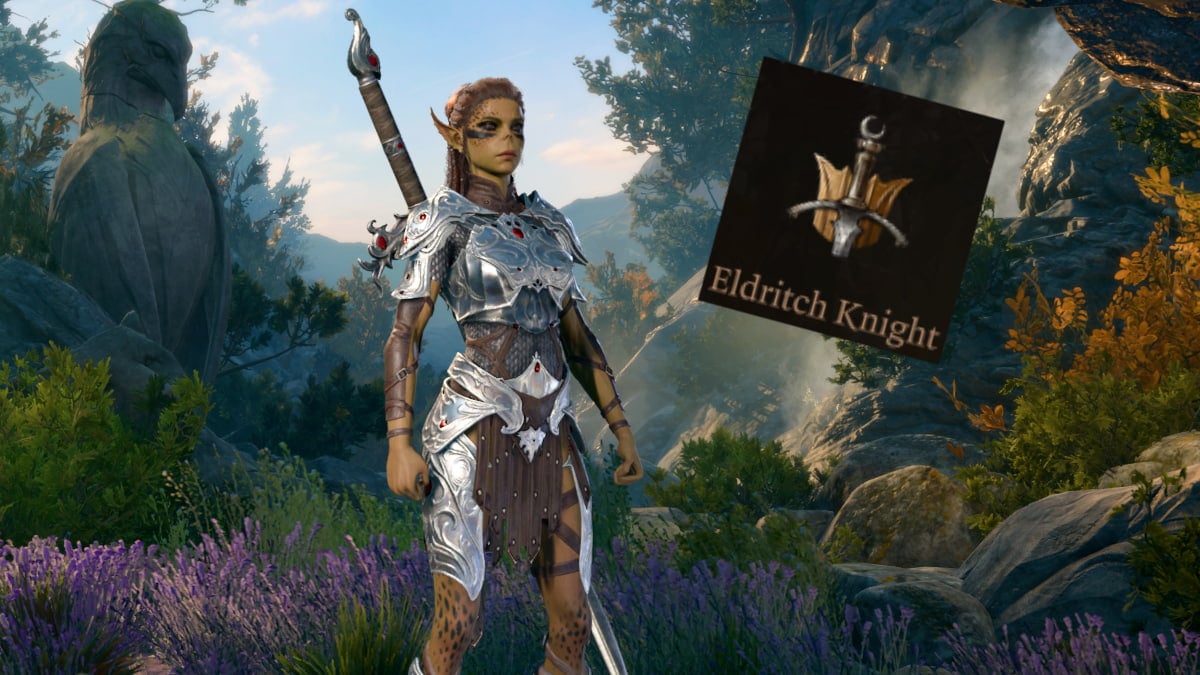

Published: Aug 17, 2023 03:08 pm